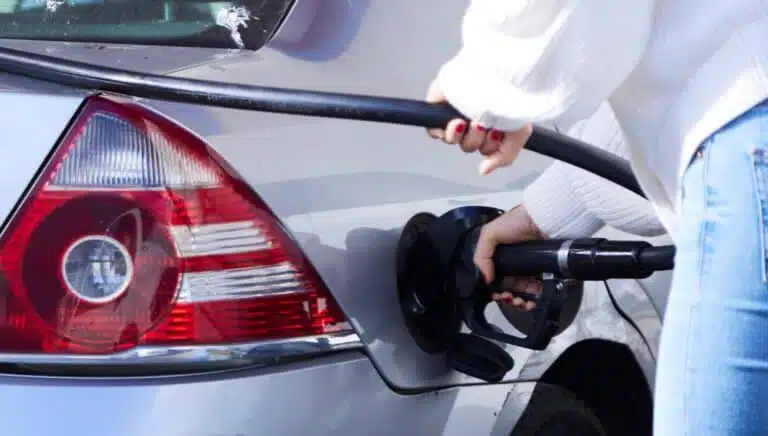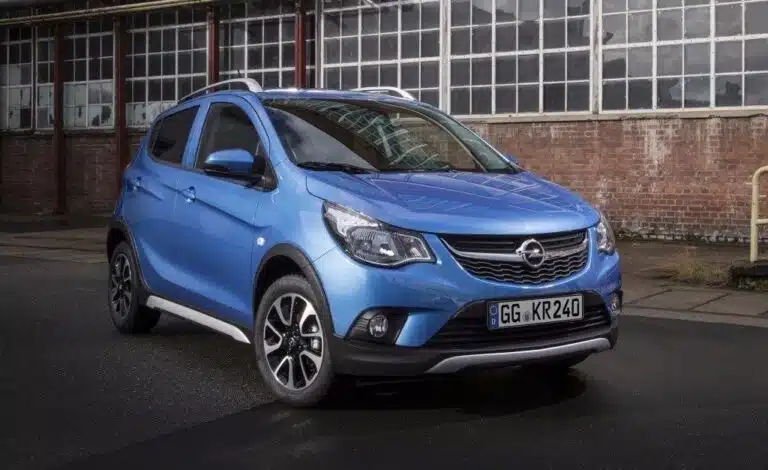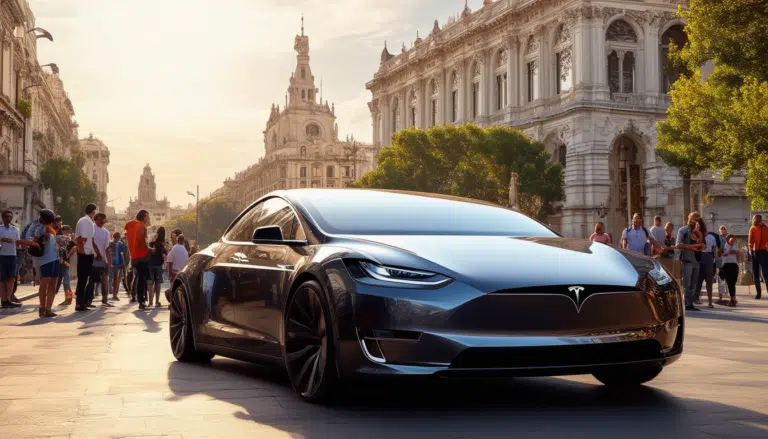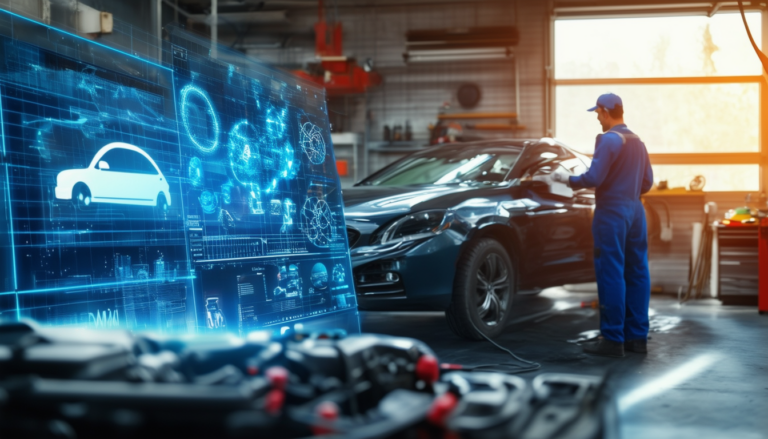Vehículos con tecnología Start-Stop: What models include it and how does this innovative system operate?
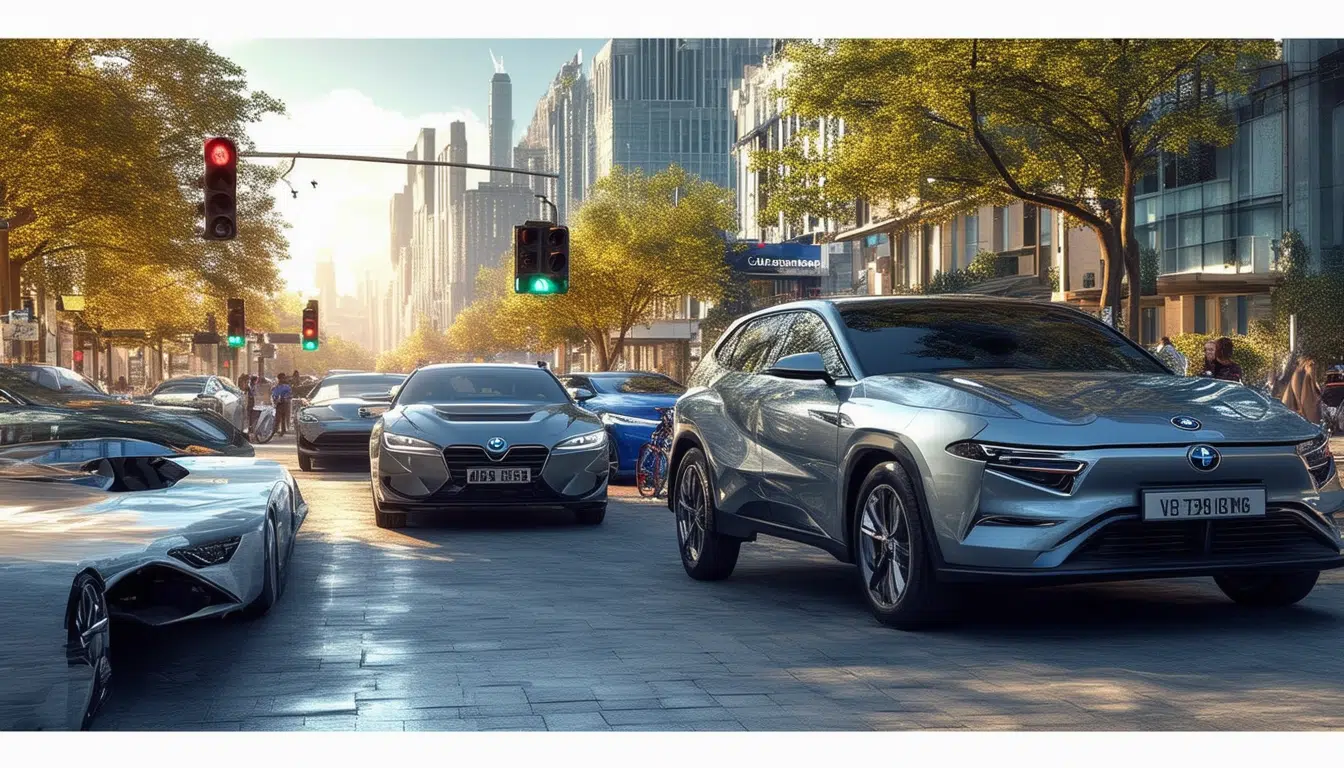
The arrival of the Start-Stop system has transformed the way cars manage their fuel consumption and CO2 emissions. This mechanism automatically turns off the engine when braking, reducing unnecessary energy use during prolonged stops. With an increasingly wide range of models integrating this technology, from SEAT to D3 diesel engines, Start-Stop is consolidating itself as an essential tool in the pursuit of superior automotive efficiency. Its implementation not only relieves the engine but also benefits the environment by decreasing pollution.
The Start-Stop system is an innovative technology that improves fuel efficiency and reduces CO2 emissions by automatically shutting off the engine when the vehicle is stopped. This article explores which car models include this technology, how it works, and what benefits it offers to drivers.
Models that include the Start-Stop system
The Start-Stop system has become a common feature in many modern vehicles. Well-known brands such as SEAT, Ford, and other automotive companies have integrated this technology as standard in some of their models. One such example is the Ford Focus RS, which, in addition to including an EcoBoost engine, impresses with its power and efficiency.
To identify if a car has this system, one can typically look for a button on the dashboard with an “A – off” icon and a circular arrow. This feature is very present in traditional combustion cars and has been overshadowed by more modern technologies like the mild hybrid system.
How the Start-Stop system works
The Start-Stop operates through a series of components and sensors that monitor the vehicle’s state. The system comes into play when approaching a stop, such as at a red traffic light, where the engine turns off to save fuel and reduce emissions. Once the vehicle resumes motion, the engine starts up quickly, ensuring a continuous and uninterrupted drive.
In vehicles with automatic transmission, the engine shuts off when completely stopped with the brake engaged. On the other hand, in cars with manual transmission, it is necessary to stop, place the gear lever in neutral, and press the brake for the engine to turn off.
Essential components for operation
For the Start-Stop to function effectively, specific components are needed, such as a reinforced starter motor and high-tech batteries, typically AGM gel batteries. Without these components, the system could generate premature wear and costly failures.
Benefits of the Start-Stop system
The system helps achieve significant fuel savings, especially in urban driving, where the number of stops is higher. Although some believe incorrectly that the consumption to recharge the battery is greater than the savings obtained, studies show that it can reduce consumption by up to 10%.
Deactivation of the Start-Stop system
There are certain conditions in which it is recommended to deactivate the Start-Stop system, such as when driving in extremely dense traffic or while performing parking maneuvers. It is also advisable to turn it off if the vehicle uses a battery that is not compatible with this technology.
To deactivate the system quickly, one can press the corresponding button on the dashboard. However, for a more permanent deactivation, some drivers choose to modify the vehicle’s ECU programming.
To learn more about strategies to improve fuel efficiency, visit: effective strategies to reduce gasoline consumption in January.
Start-Stop Technology in Modern Vehicles
The Start-Stop system is a key innovation in today’s automotive industry, present in numerous modern models. This system has been primarily adopted by manufacturers looking to improve the efficiency of their vehicles and minimize CO₂ emissions and fuel consumption. Notable manufacturers such as SEAT, Ford, and Volkswagen have integrated this technology in several of their mass-production models.
The Start-Stop technology operates through a series of sensors that monitor the vehicle’s state. When the car stops, usually at a traffic light or in a traffic jam, the system automatically turns off the engine to minimize the time it is idling. Once the driver is ready to continue, the engine restarts when pressing the accelerator pedal in automatic vehicles or engaging in manual transmission cars.
Models such as the Ford Focus RS, known for its powerful EcoBoost engine, integrate Start-Stop to balance sports performance with energy efficiency. Similarly, vehicles in the hybrid and mild hybrid segments, which are becoming standards in manufacturers’ offerings, also feature this technology. These models demonstrate how Start-Stop has become an essential component in reducing the environmental impact of internal combustion engines.
Although the system is generally well-received for the economic and ecological benefits it offers, some drivers still prefer to deactivate this function in certain situations, such as during parking maneuvers or in heavy traffic. Additionally, proper maintenance of Start-Stop components, such as the reinforced starter motor and AGM batteries, is crucial to ensure their durability and functionality.
In summary, Start-Stop technology is one of the many innovations transforming the automotive industry, providing an efficient and practical solution in the fight for more responsible consumption and lower emissions in vehicles that would otherwise rely solely on traditional combustion engines. Its implementation is a step towards a more sustainable future in transportation, currently reflected in a wide range of car models worldwide.

